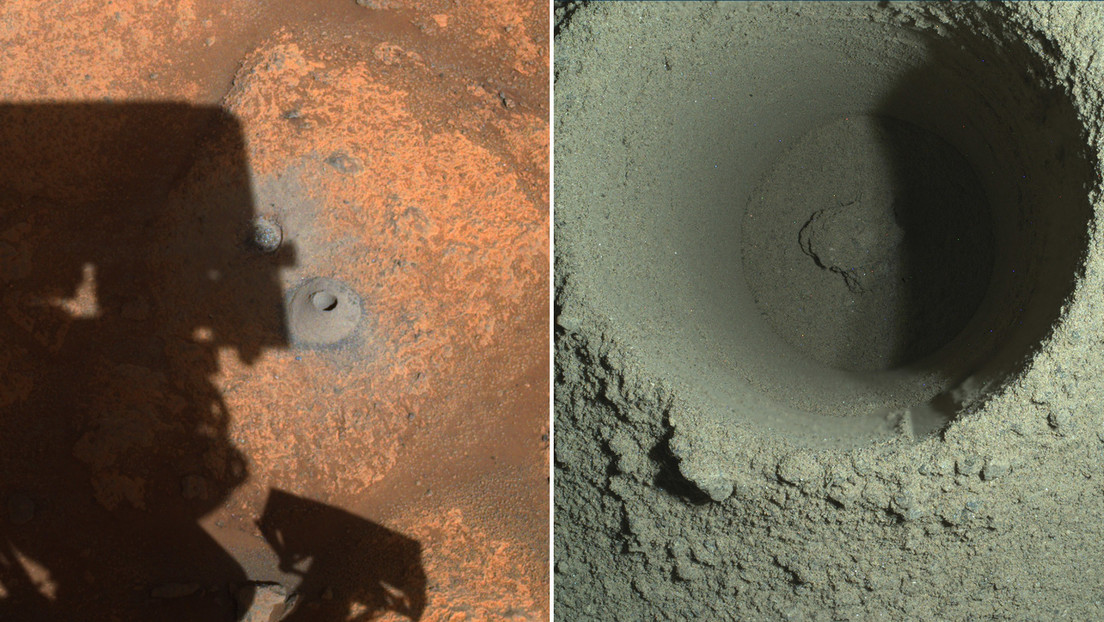Published:
13 ago 2021 11:26 GMT
The company plans to send the pieces to another area to try to collect them from the surface of the red planet.
On August 7, NASA’s diligent space exploration vehicle Failure In the first attempt to extract a rock sample from Mars and stuff it into a collecting tube. At the time, Jennifer Trosper, rover project manager at NASA’s Jet Propulsion Laboratory, noted that the material probably did not materialize as the rock did not perform as expected during the extraction process.
After several days of researching the rover’s data and photos, the endurance team noted that the machine was engineering telemetry. No abnormal action was detected During milling and coring operations, compared with data from successful experiments conducted on Earth, Report This Wednesday Louis Zandura, chief engineer of the prototype system, was on the NASA blog. At the same time, he announced that pictures of the place where the diligent work was done would not be revealed No key or key components As it is.
Based on the depth measurements, NASA scientists concluded that the coring activity in this rock led to the appearance of dust or small fragments that were not retained due to their size. “It simply came to our notice then The rock is not strong enough To create a center, ”Jandura said.
Currently the research team is planning To submit L Diligence To another place, Called ‘Sada’, the ancient lake sediment, where the rock must have been strong. The “hardware” worked fine, but the rock didn’t help us this time. [Esta situación] Reminds me again of the nature of the study. No matter how much you prepare, a specific result is not guaranteed, ”said the engineer.


:quality(85)/cloudfront-us-east-1.images.arcpublishing.com/infobae/SMPW7M5BQFERBOQUPJXKCOKARY.jpg)
:quality(85)/cloudfront-us-east-1.images.arcpublishing.com/infobae/NP5NEZXMZFGNLBHNEQJHPJVMKM.jpg)

:quality(85)/cloudfront-us-east-1.images.arcpublishing.com/infobae/X7DZAL3I4REJTKPZ4Y4DYBHFMI.jpg)